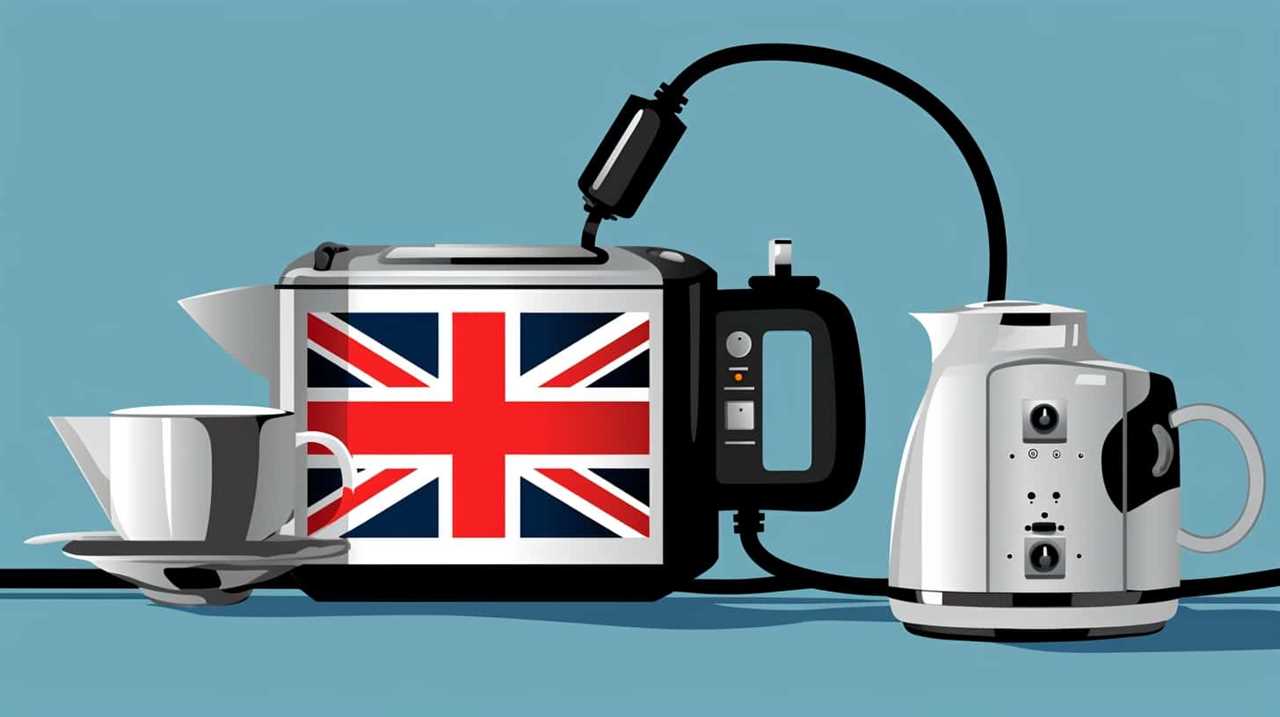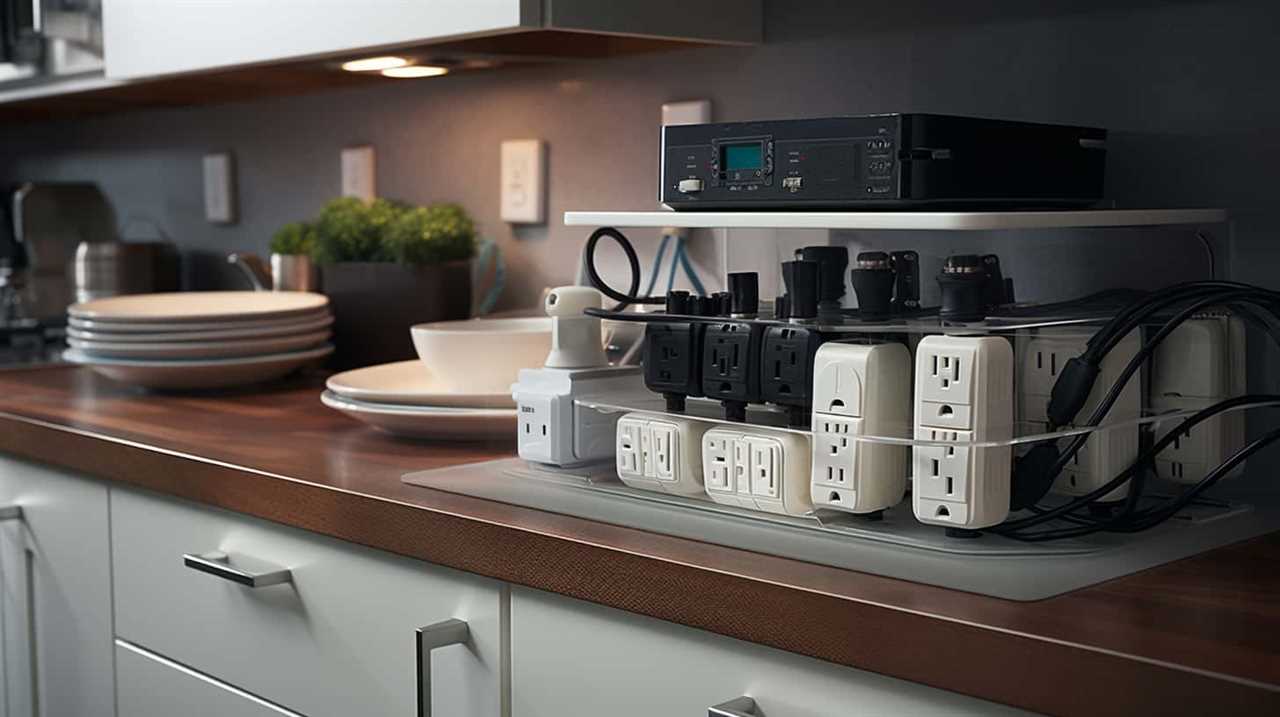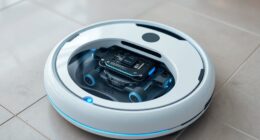Household and commercial appliances are essential for making our daily tasks easier and more efficient. But, when it comes to finances, the question remains: are appliances considered capital improvements?
Capital improvements are investments made to enhance the value of a property, typically with a lasting impact. In this masterful exploration, we will delve into the characteristics of appliances, the factors to consider when determining capital improvements, and the tax implications of appliance purchases.
Furthermore, we will examine the methodology for determining the value of appliances in terms of capital improvements. By understanding the distinction between appliances and capital improvements, you will gain valuable insights to make informed decisions regarding your property investments.
Join us as we navigate this intricate landscape of appliances as capital improvements.

Key Takeaways
- Capital improvements enhance the value, functionality, or lifespan of a property.
- Lifespan analysis and energy efficiency standards are key characteristics for considering appliances as capital improvements.
- Conducting a cost vs. benefit analysis is crucial for determining the financial feasibility of capital improvements.
- Depreciation, maintenance costs, and tax implications need to be considered when evaluating the value and investment potential of appliances as capital improvements.
Definition of Capital Improvements
Capital improvements are defined as substantial additions or alterations made to a property that enhance its value, functionality, or lifespan. These improvements can range from structural changes, such as adding a room or renovating a kitchen, to the installation of modern amenities like heating systems or energy-efficient appliances.
An analysis of capital improvements involves evaluating the impact these changes have on the property’s worth and usability. By enhancing the property’s value, capital improvements can also have significant tax implications.
In some jurisdictions, these improvements may be eligible for tax deductions or depreciation benefits, while in others, they may increase the property’s assessed value and subsequently lead to higher property taxes.
Understanding the definition and analysis of capital improvements is essential for property owners and investors seeking to maximize their returns while navigating the complex landscape of tax regulations.

Characteristics of Appliances
When considering appliances as capital improvements, two key characteristics come into play: appliance lifespan analysis and energy efficiency standards.
Appliance lifespan analysis involves evaluating the expected duration of an appliance’s functionality and performance before it requires replacement.
Energy efficiency standards, on the other hand, focus on the appliance’s ability to minimize energy consumption while still maintaining optimal performance.
These characteristics play a significant role in determining whether an appliance qualifies as a capital improvement and can impact its overall value and cost-effectiveness.
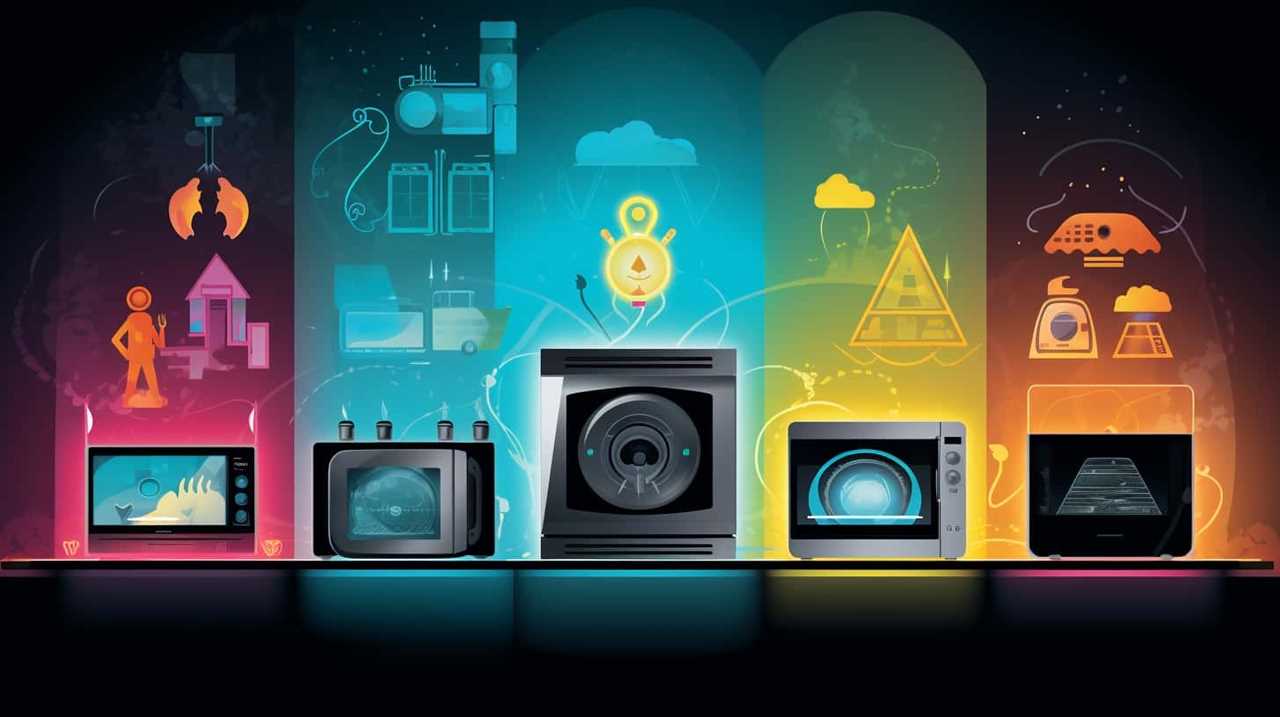
Appliance Lifespan Analysis
Appliance lifespan analysis involves evaluating the characteristics of appliances to determine their expected duration of use. This analysis is crucial for consumers and businesses alike, as it helps in making informed decisions about purchasing, maintenance, and replacement of appliances.
Here are three key factors to consider when conducting appliance lifespan analysis:
- Appliance maintenance tips: Regular maintenance, such as cleaning, servicing, and replacing worn-out parts, can significantly extend the lifespan of appliances. Following manufacturer’s guidelines and scheduling professional inspections can help identify potential issues and ensure optimal performance.
- Environmental impact of appliances: Understanding the environmental impact of appliances is essential in making sustainable choices. Energy-efficient appliances not only reduce electricity consumption but also contribute to lower greenhouse gas emissions and a smaller carbon footprint.
- Technological advancements: Rapid advancements in technology often lead to shorter appliance lifespans. It is important to consider the rate of technological obsolescence when assessing the lifespan of appliances, especially in today’s fast-paced consumer electronics market.
Energy Efficiency Standards
Energy efficiency standards play a crucial role in determining the characteristics of appliances. These standards are set by government regulations to promote energy savings and reduce environmental impact.
By establishing minimum efficiency requirements for appliances, such as refrigerators, air conditioners, and washing machines, the government aims to encourage manufacturers to produce more energy-efficient products. These standards consider various factors, including the energy consumption, performance, and features of the appliances.

The goal is to ensure that consumers can make informed decisions and choose appliances that not only meet their needs but also provide significant energy savings over the long term.
Implementing energy efficiency standards not only benefits consumers by reducing their energy costs but also contributes to environmental sustainability by reducing overall energy consumption and greenhouse gas emissions.
Factors to Consider for Capital Improvements
When considering capital improvements, it is important to conduct a cost vs. benefit analysis to determine the financial feasibility of the investment.
This analysis involves evaluating the upfront cost of the improvement against the potential long-term benefits it may provide.
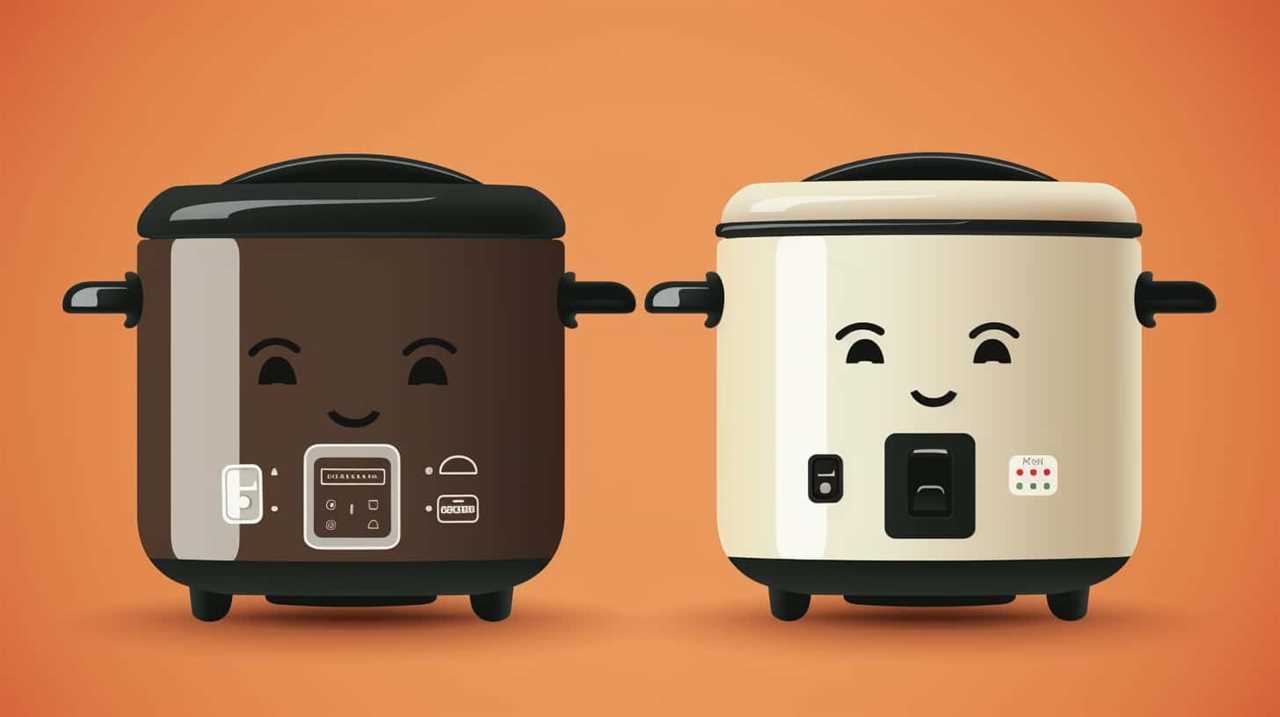
Additionally, it is crucial to assess the investment potential of the improvement, considering factors such as expected return on investment and the impact on the overall value of the property.
Cost Vs. Benefit Analysis
Typically, it is essential to conduct a thorough cost vs. benefit analysis before making any capital improvements. This analysis allows individuals or businesses to evaluate the potential return on investment and determine whether the benefits of the improvement outweigh the costs involved.
When it comes to appliances, there are specific factors that need to be considered in this analysis:
- Energy Consumption Analysis: A key aspect of cost vs. benefit analysis for appliances is evaluating their energy consumption. Energy-efficient appliances may have higher upfront costs but can result in significant savings on utility bills over time.
- Appliance Maintenance Costs: Another factor to consider is the maintenance costs associated with the appliance. Some appliances may require regular servicing or repairs, which can add to the overall cost of ownership.
Long-Term Investment Potential
To assess the long-term investment potential of capital improvements, it is important to consider several key factors.
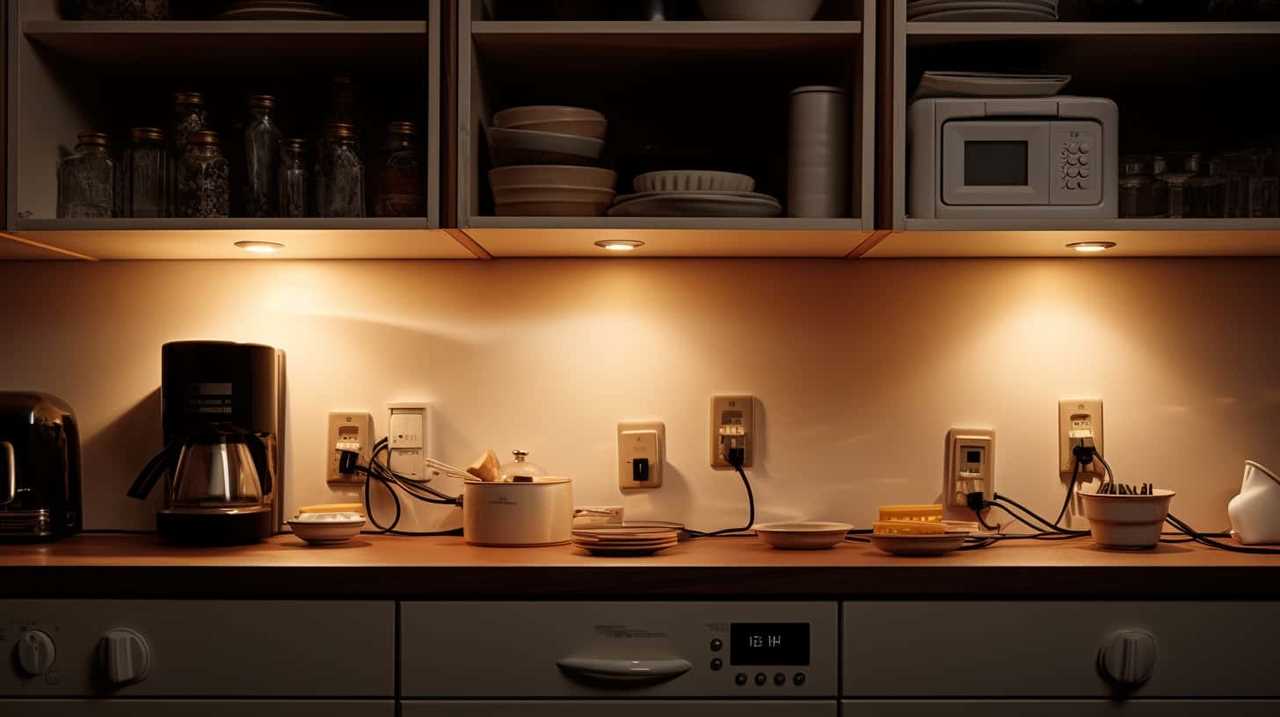
One such factor is appliance depreciation. Appliances, like any other asset, have a limited lifespan and their value decreases over time. Understanding the rate at which appliances depreciate can help determine their long-term investment potential.
Additionally, it is crucial to consider the maintenance costs associated with appliances. Regular maintenance and repairs can add up over time and impact the overall return on investment.
By factoring in both depreciation and maintenance costs, investors can make informed decisions about the long-term potential of their capital improvements.
With these considerations in mind, it is essential to now shift our focus to the tax implications of appliance purchases, which will further inform investment decisions.

Tax Implications of Appliance Purchases
Appliance purchases have significant tax implications for individuals and businesses alike. Understanding these implications is crucial to maximize tax deductions and manage the resale value of appliances. Here are three key points to consider:
- Tax Deductions: Certain appliance purchases may qualify for tax deductions, especially if they are used for business purposes. For individuals, energy-efficient appliances may also be eligible for tax credits.
- Depreciation: Appliances are considered depreciable assets, meaning their value decreases over time. Businesses can deduct a portion of the appliance’s cost each year based on its useful life and depreciation schedule.
- Resale Value: Investing in high-quality appliances can positively impact their resale value. Upgrading appliances with features that are in demand can help fetch a higher price when selling or trading them in.
Understanding the tax implications and resale value of appliances can help individuals and businesses make informed decisions and optimize their finances.
Determining the Value of Appliances
When considering the value of appliances, it is important to assess their overall condition and functionality. Appliance valuation involves determining the worth of these depreciating assets based on various factors. One key aspect to consider is the age of the appliance. Older appliances tend to have a lower value due to wear and tear and potential obsolescence. Additionally, the condition of the appliance plays a significant role in determining its value. Any damages or malfunctions can greatly impact its worth. Furthermore, the brand, model, and features of the appliance can also affect its value, as higher-end appliances tend to be more valuable. By evaluating these factors, one can make a more accurate assessment of the value of their appliances.
Transitioning into the next section about the conclusion and key takeaways, understanding the value of appliances is crucial for making informed decisions regarding repairs, replacements, and tax implications.

Conclusion and Key Takeaways
In summary, three key takeaways can be drawn from the assessment of appliance value:
- Age and Condition: The value of an appliance is heavily influenced by its age and condition. Older appliances or those in poor condition may have a lower value and could require more repairs or replacements in the future.
- Brand, Model, and Features: The brand, model, and features of an appliance can significantly impact its value. High-end brands or models with advanced features tend to retain their value better and may offer more benefits to the homeowner.
- Implications for Repairs, Replacements, and Tax Considerations: When considering whether an appliance is a capital improvement, it is important to analyze the potential costs of repairs and replacements. Additionally, understanding the tax implications related to the appliance can provide valuable insights into its overall value.
These key takeaways should be considered when conducting an appliance cost analysis and capital improvement considerations.
Frequently Asked Questions
Can Appliances Be Considered Capital Improvements if They Are Installed in a Rental Property?
Appliances installed in a rental property can be considered capital improvements. They may depreciate over time, but they can have a positive impact on the value of the property and attract potential tenants.
Are There Any Specific Appliances That Are Always Considered Capital Improvements?
Certain appliances, such as central air conditioning units or built-in ovens, are commonly classified as capital improvements due to their permanent nature and substantial cost. However, the specific classification of appliances as capital improvements may vary depending on jurisdiction and individual circumstances.
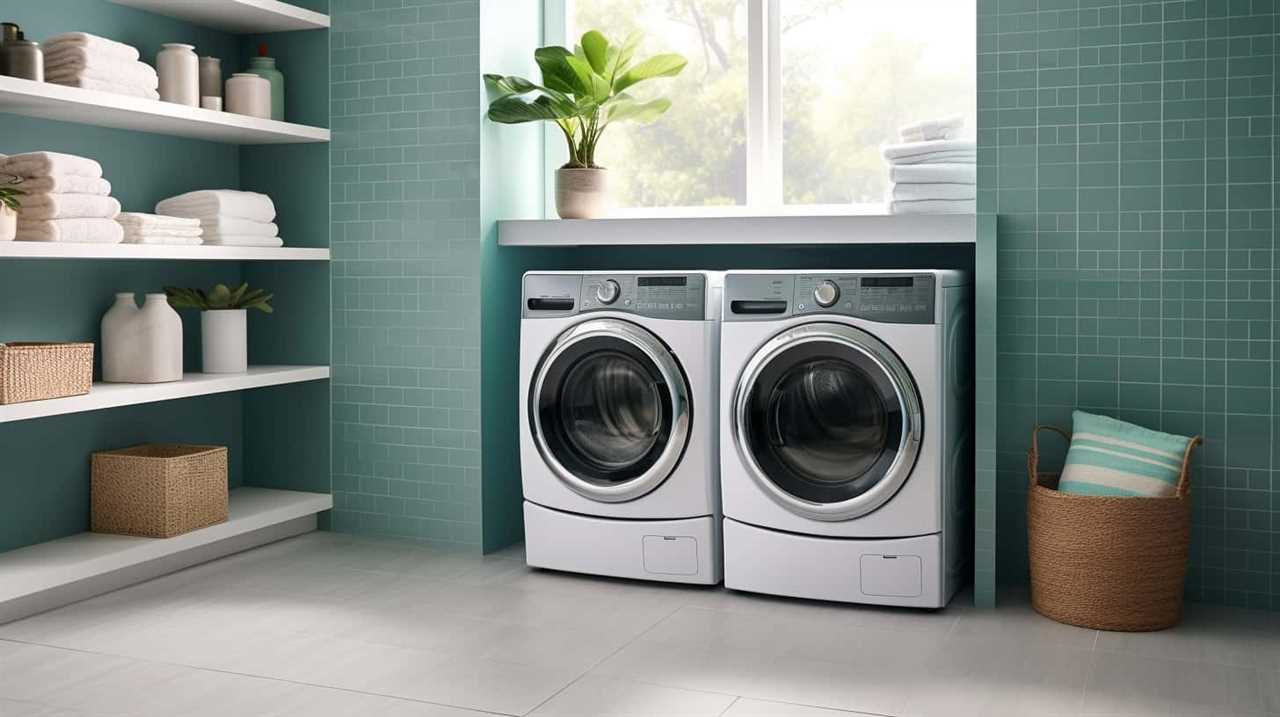
How Does the Cost of Appliances Affect Their Classification as Capital Improvements?
The cost of appliances plays a significant role in their classification as capital improvements. In general, if the cost of an appliance exceeds a certain threshold and meets certain criteria, it may be considered a capital improvement.
Are There Any Tax Incentives or Deductions Available for Capital Improvements Related to Appliances?
Tax incentives and deductions may be available for capital improvements related to appliances. These incentives and deductions can help offset the costs of upgrading appliances, providing financial benefits to individuals and businesses.
What Is the Difference Between Depreciable and Non-Depreciable Appliances in Terms of Capital Improvements?
The difference between depreciable and non-depreciable appliances in terms of capital improvements lies in the determination of their eligibility. Depreciable appliances are considered capital improvements and can be depreciated over time, while non-depreciable appliances are not eligible for such treatment.
Conclusion
In conclusion, appliances can be considered capital improvements due to their long-term value and contribution to the overall value of a property. Factors such as durability, energy efficiency, and functionality should be taken into account when making appliance purchases.
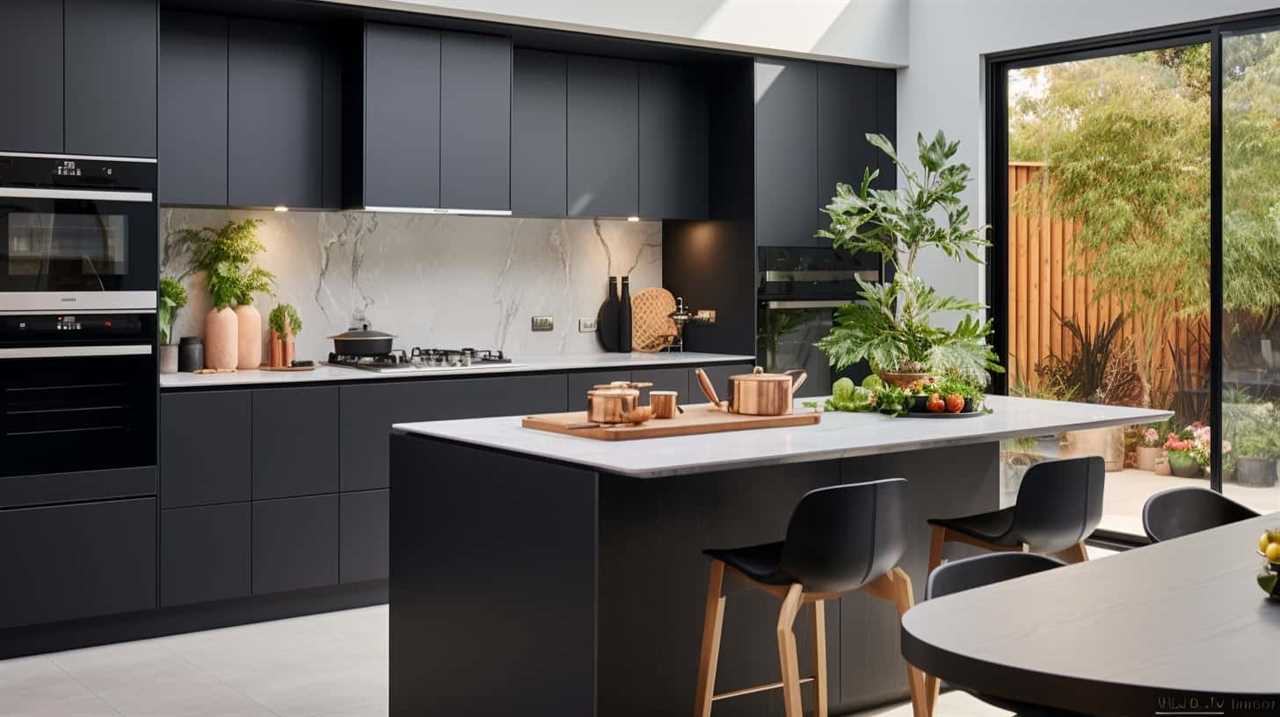
Additionally, understanding the tax implications of these purchases is essential for homeowners.
By evaluating the value and benefits of appliances, individuals can make informed decisions that enhance the quality and value of their properties.
Can you afford to overlook the impact of appliances on your property’s worth?

